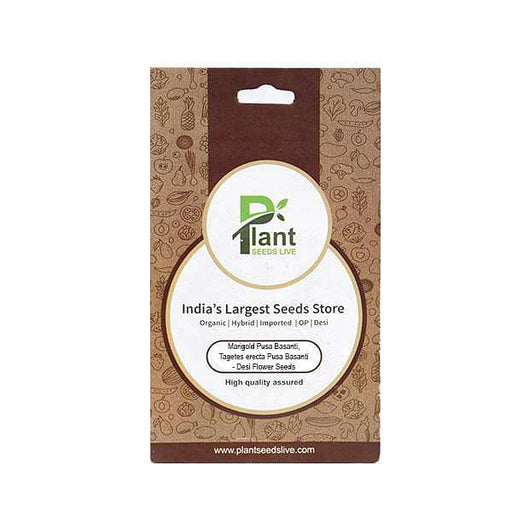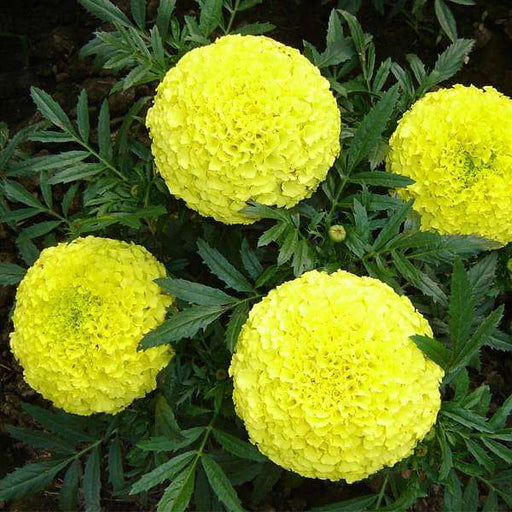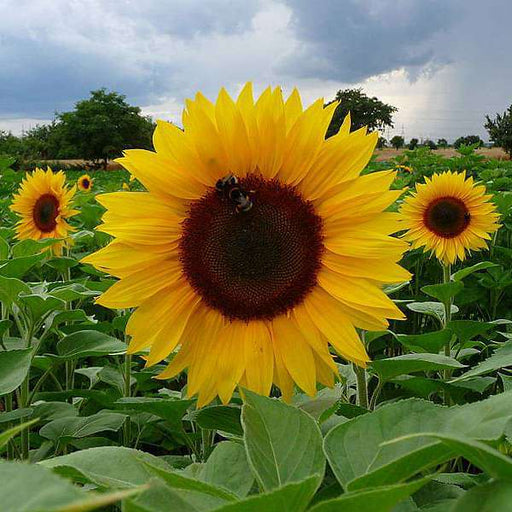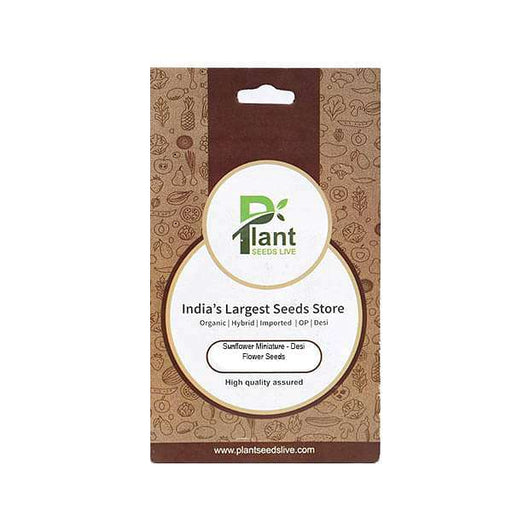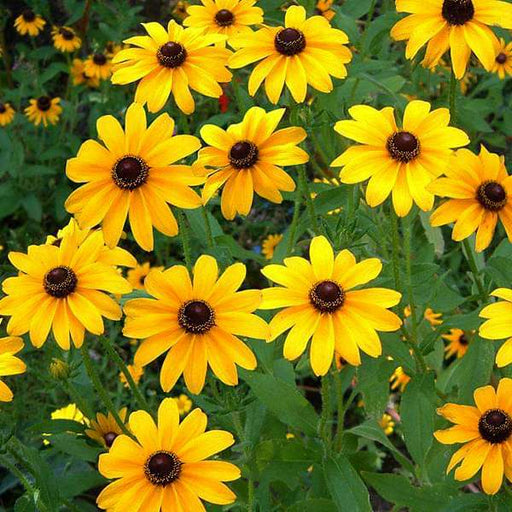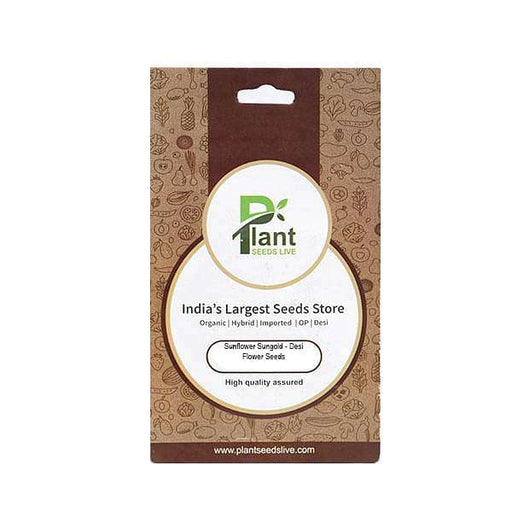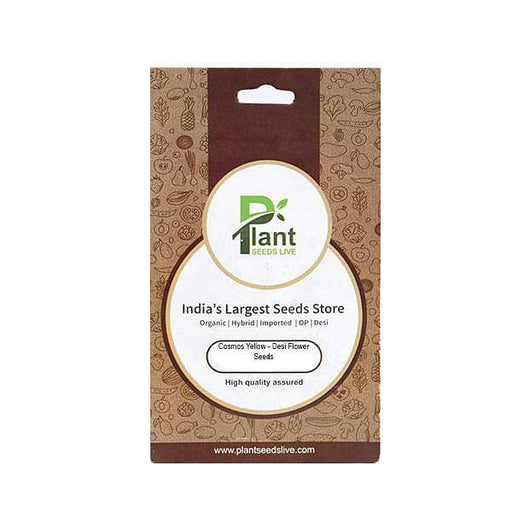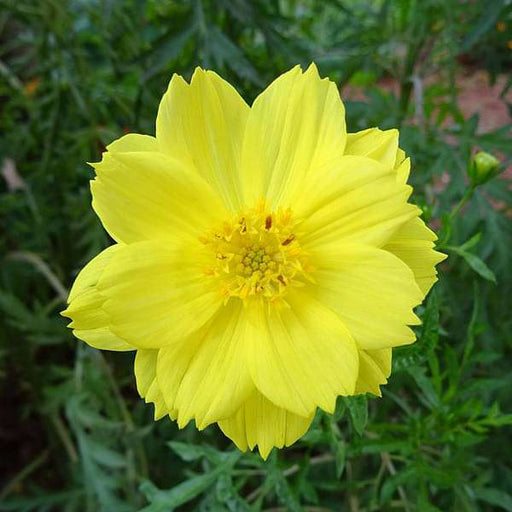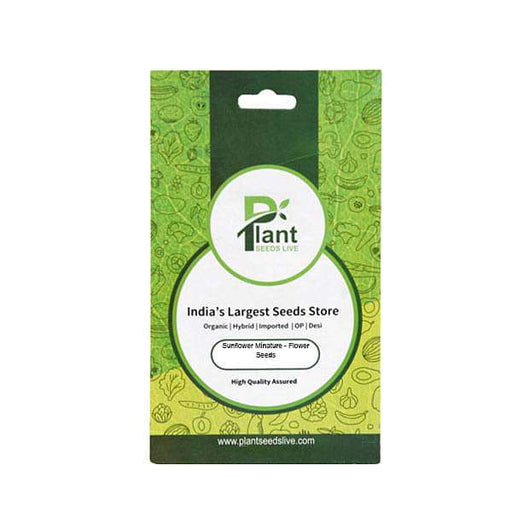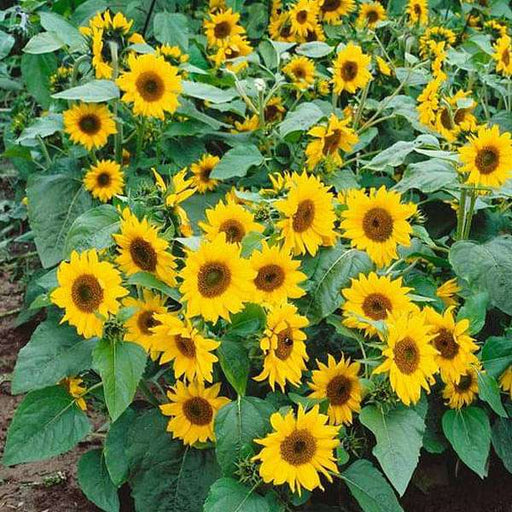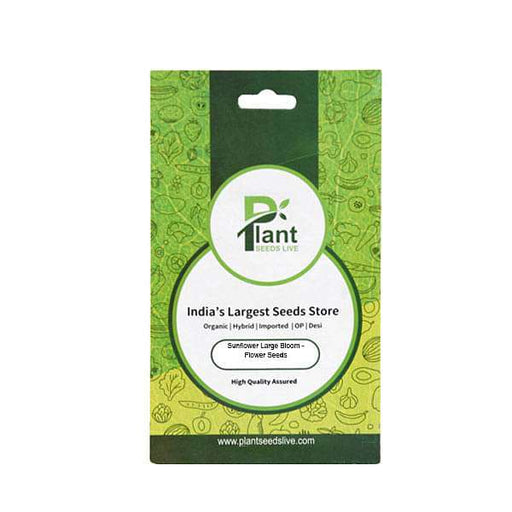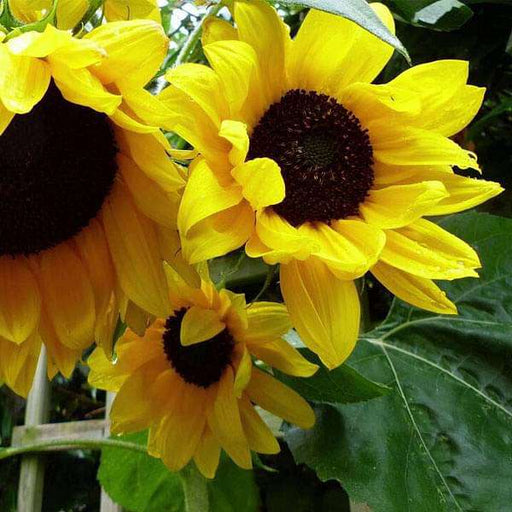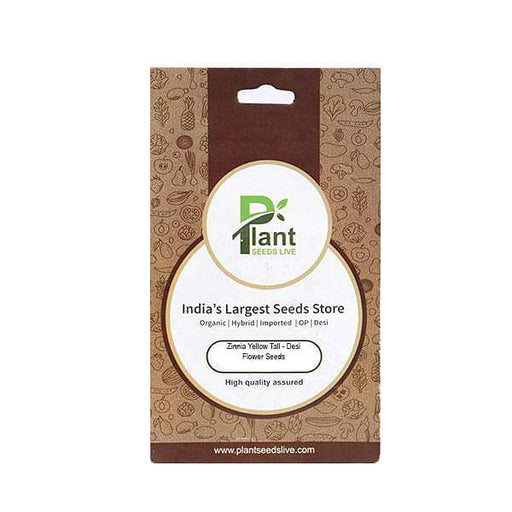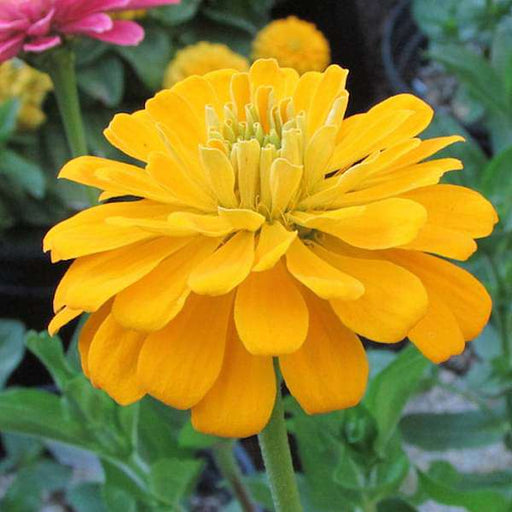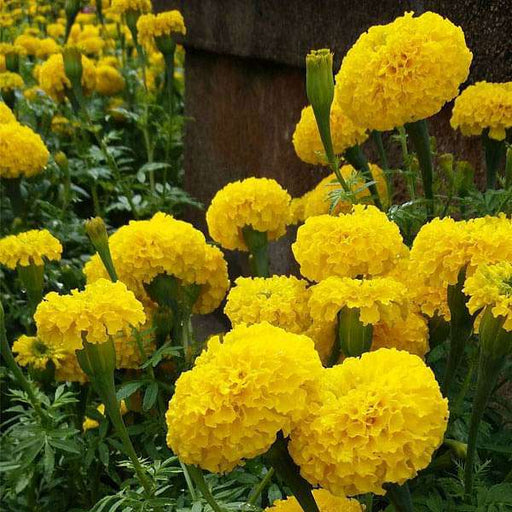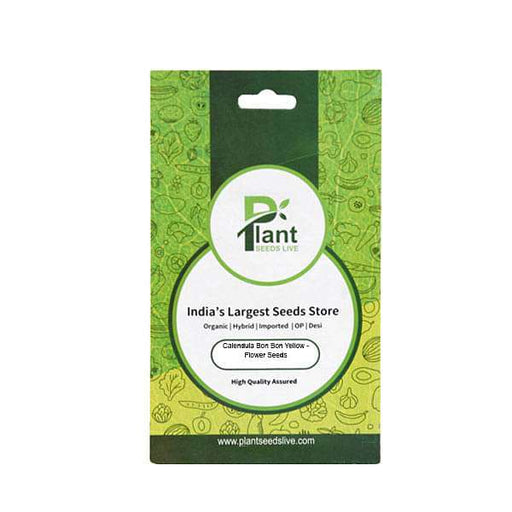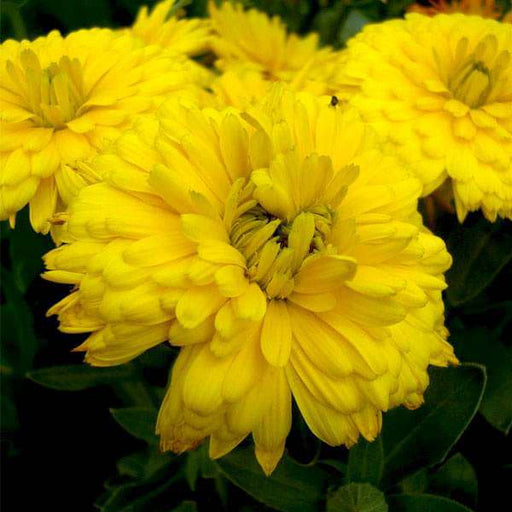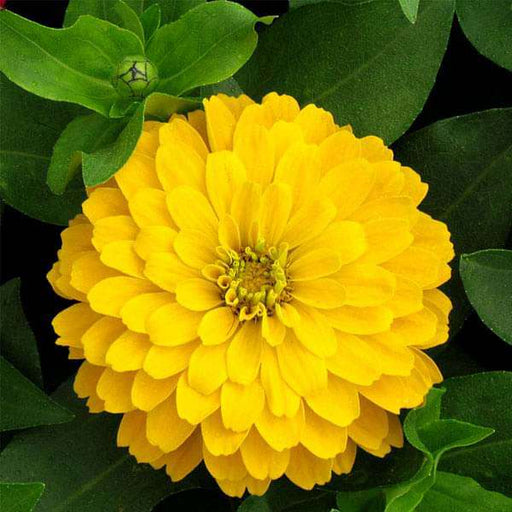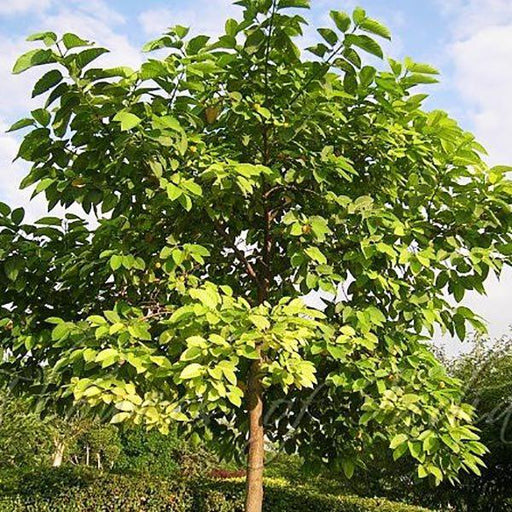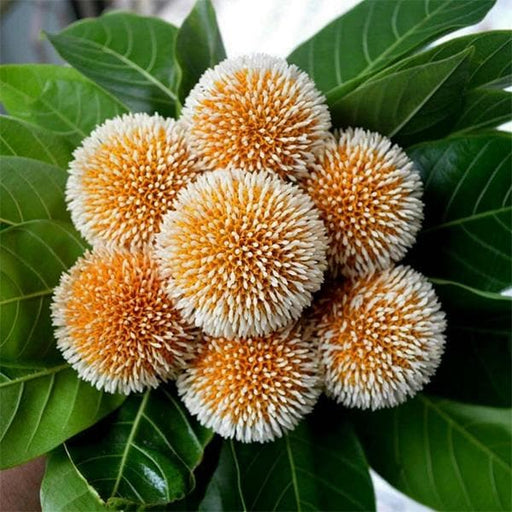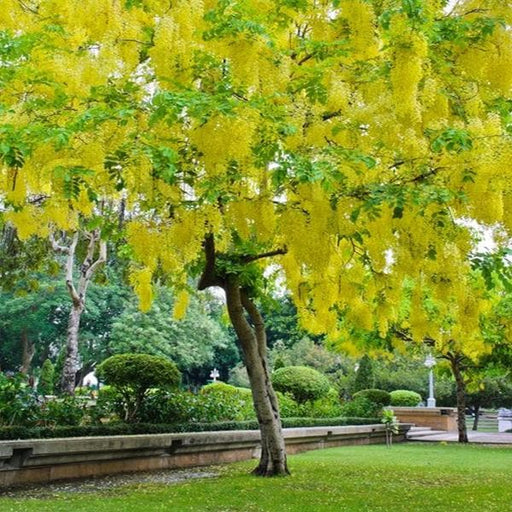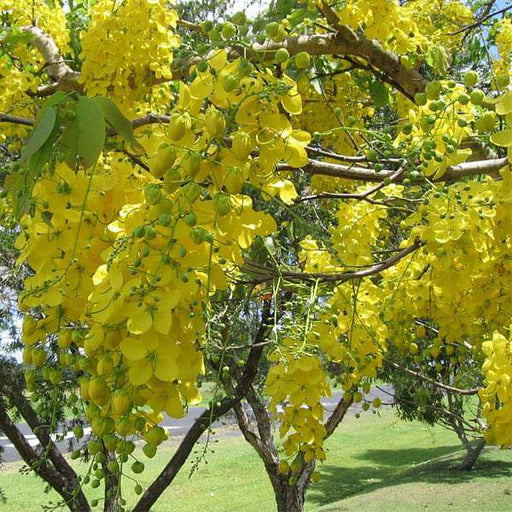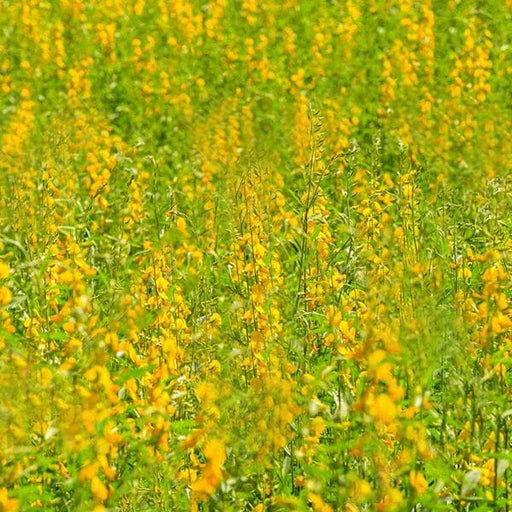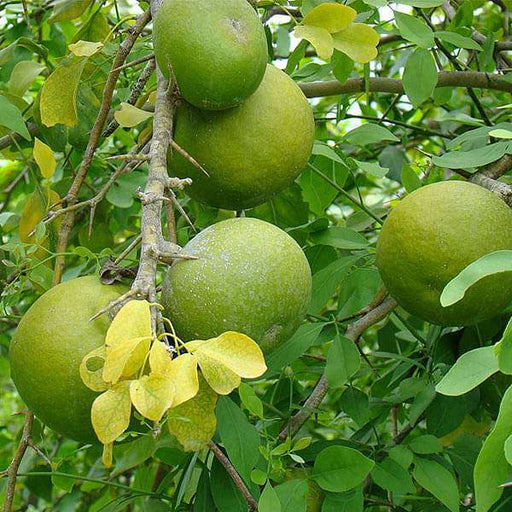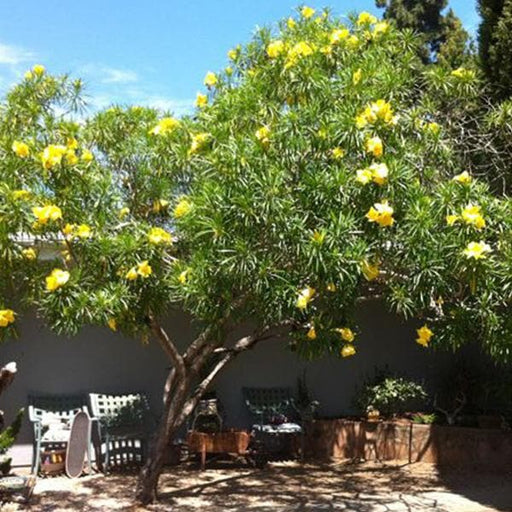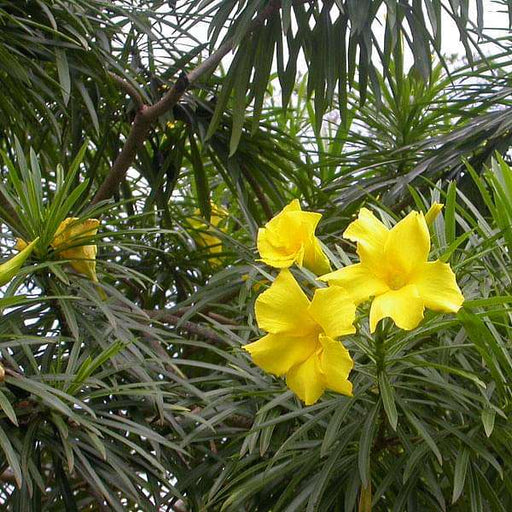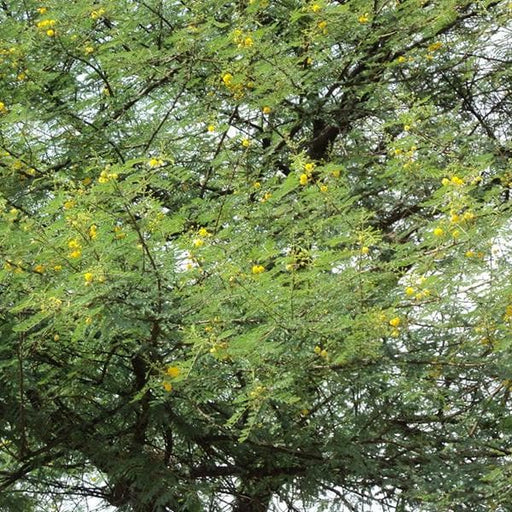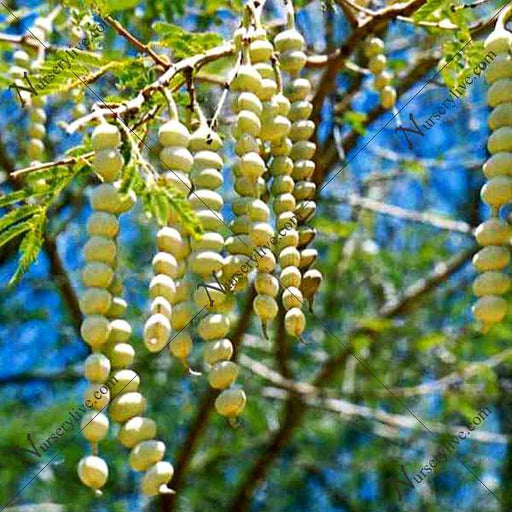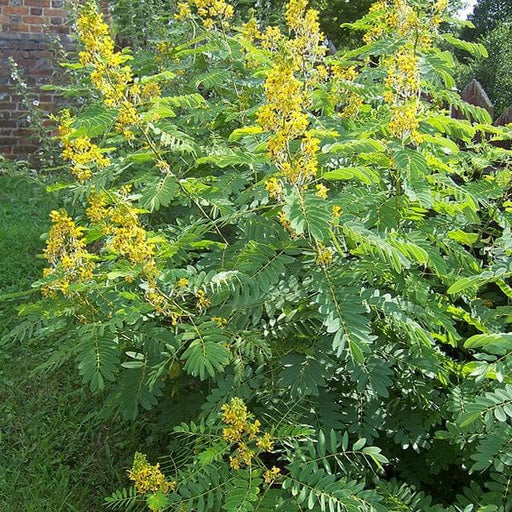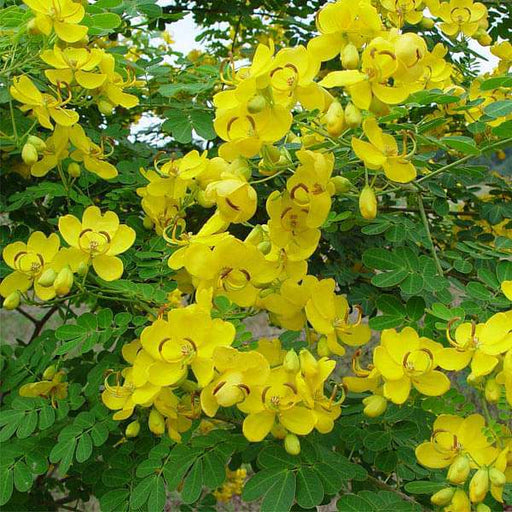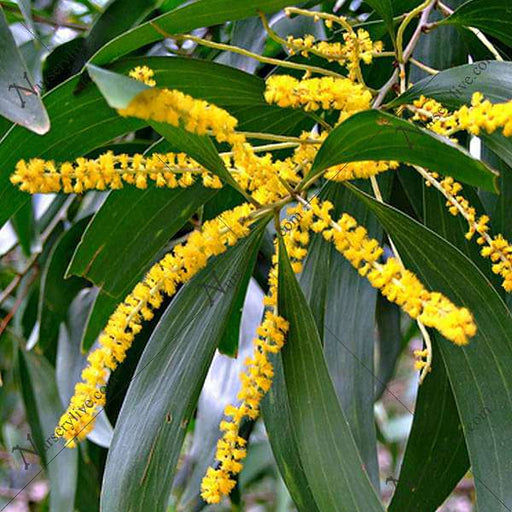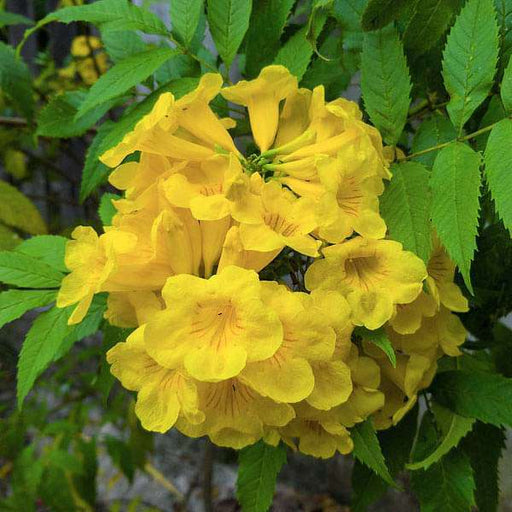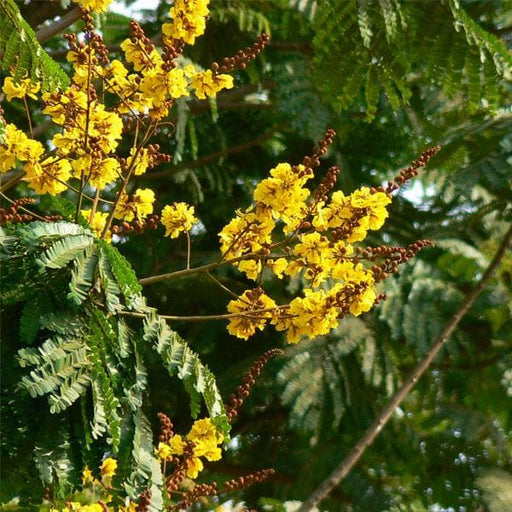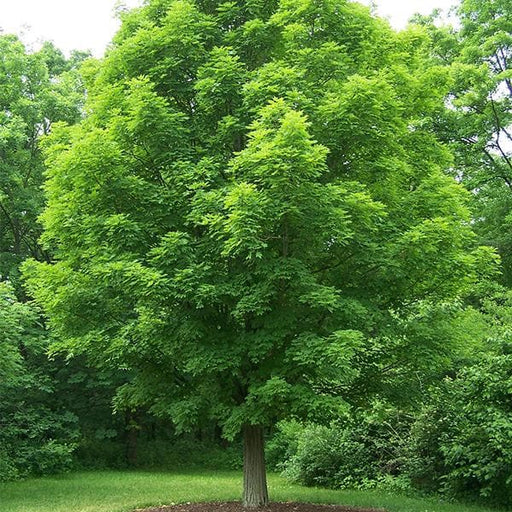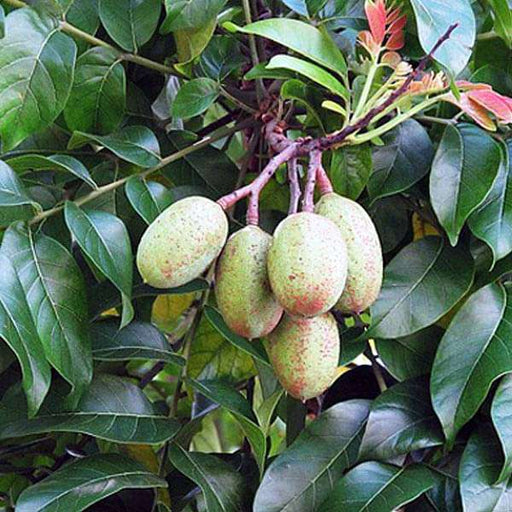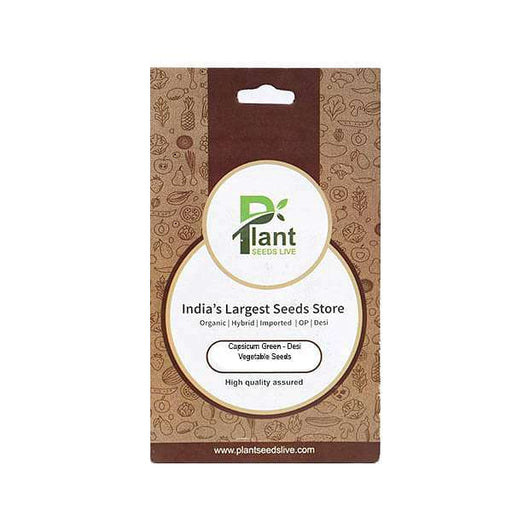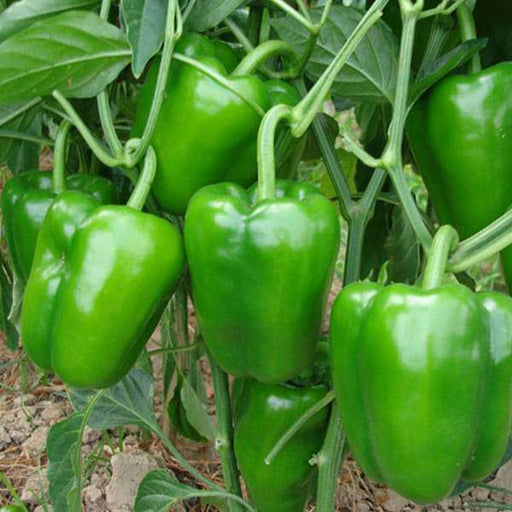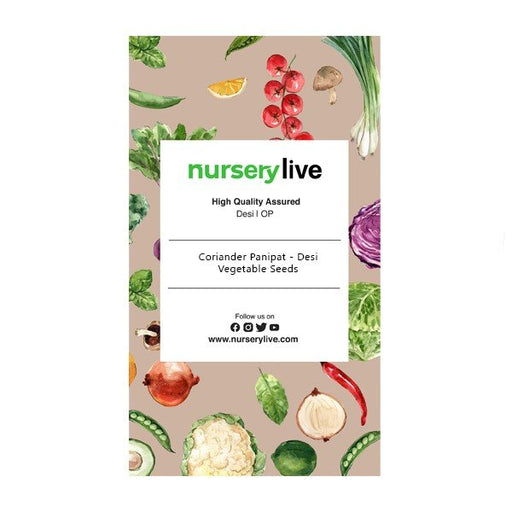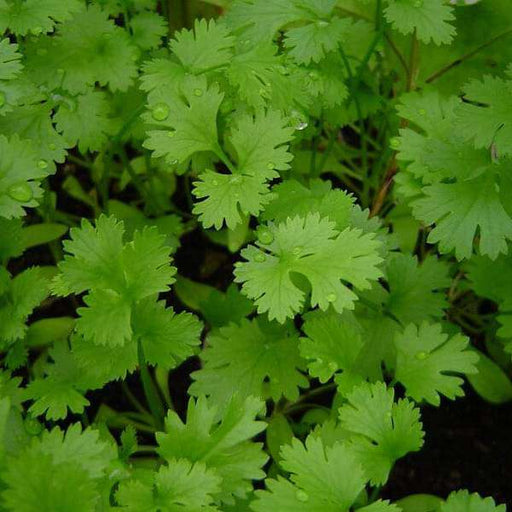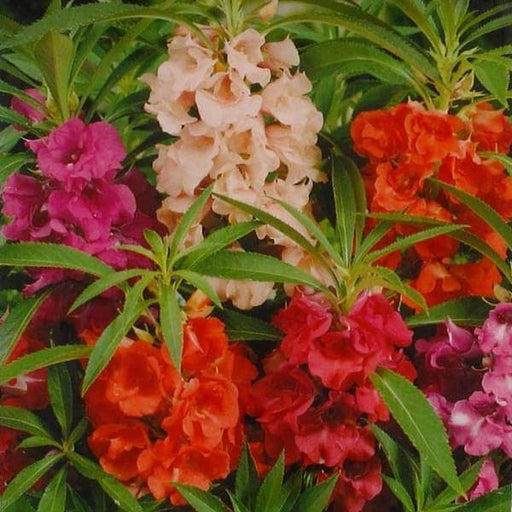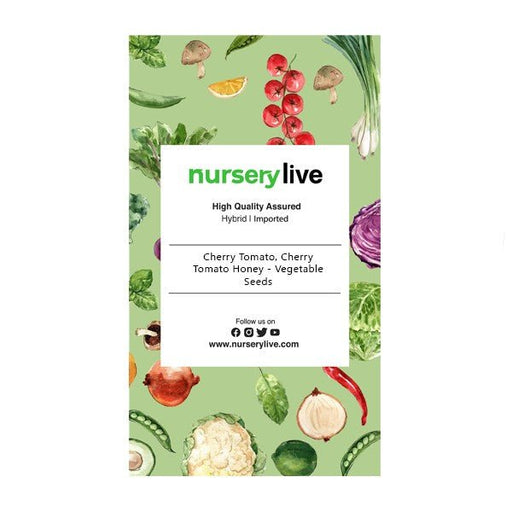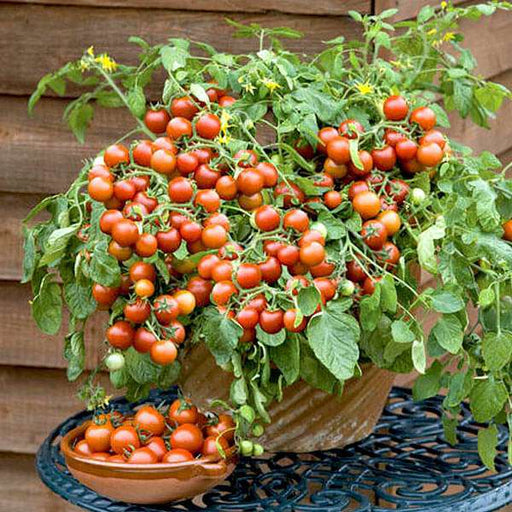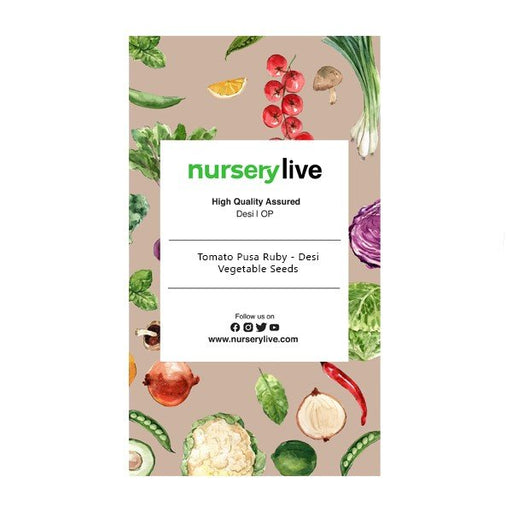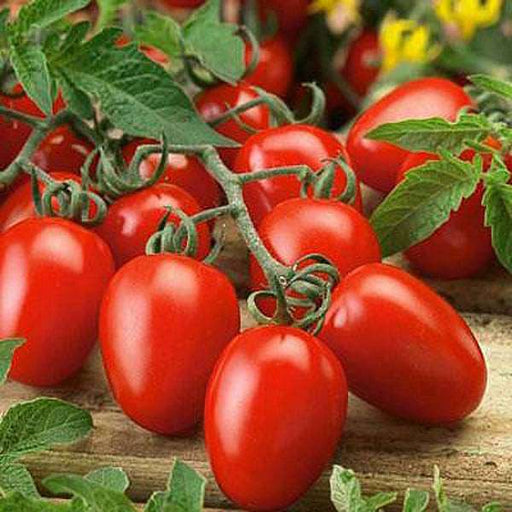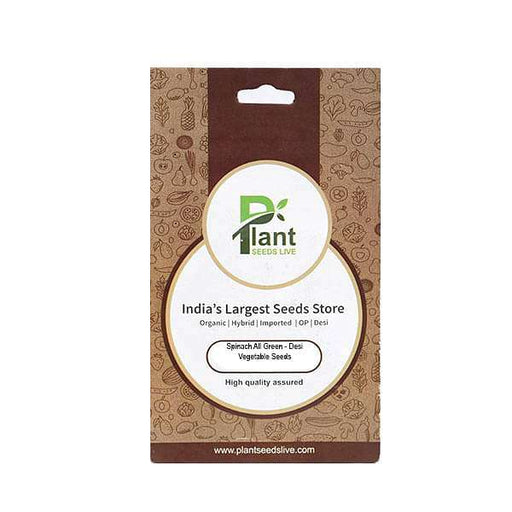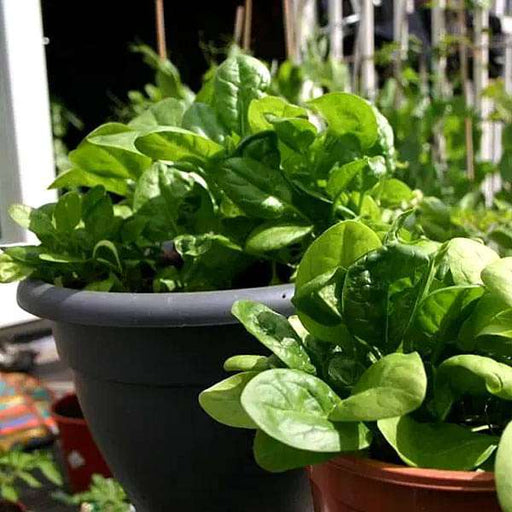Annuals
Yellow flowers add a pop of color to any garden, and there are plenty of annual varieties to choose from. Look for yellow marigolds, sunflowers, or zinnias to brighten up your garden beds.
Perennials
If you're looking for a more long-lasting option, consider planting yellow perennial flowers. Popular varieties include coreopsis, black-eyed Susans, and daffodils.
Bulbs
Another option for yellow flowers is to plant bulbs in the fall for a burst of color in the spring. Consider yellow tulips, crocuses, or daffodils for an early spring display.
Wildflowers
For a more natural look, try planting a mix of yellow wildflowers. Look for varieties like goldenrod, tickseed, or yarrow to create a beautiful and low-maintenance display.
Shade-Loving
Even in shady areas, you can still add a pop of yellow to your garden. Look for shade-loving varieties like yellow columbine, primroses, or toad lilies.
Full Sun
If your garden gets plenty of sunlight, there are plenty of yellow flower options to choose from. Look for varieties like yellow daylilies, coneflowers, or goldenrod.
Groundcover
For a carpet of yellow flowers, consider planting yellow groundcover varieties like creeping Jenny, sedum, or golden creeping thyme.
Climbing Vines
Another option for adding yellow to your garden is to plant climbing vines. Look for varieties like yellow trumpet vine, honeysuckle, or clematis for a beautiful and fragrant display.
Edible Flowers
If you want to add a pop of yellow to your cooking, consider planting edible yellow flowers like marigolds, calendula, or nasturtiums. They not only look beautiful but also add flavor and color to your dishes.
Cut Flowers
Yellow flowers make for beautiful cut flowers in bouquets. Look for varieties like yellow roses, daisies, or sunflowers for a bright and cheery arrangement.
Container Gardens
Even if you don't have a lot of outdoor space, you can still add yellow flowers to your home with container gardens. Look for dwarf varieties of yellow flowers that thrive in containers like marigolds, petunias, or pansies.
Drought-Tolerant
If you live in a dry climate, consider planting yellow flowers that are drought-tolerant. Look for varieties like California poppies, blanket flowers, or yarrow.
Butterflies
Yellow flowers are not only beautiful to look at, but they also attract pollinators like butterflies. Look for varieties like butterfly weed, goldenrod, or milkweed to attract these beautiful insects to your garden.
Bees
Like butterflies, bees are also attracted to yellow flowers. Look for varieties like sunflowers, goldenrod, or black-eyed Susans to provide food for these important pollinators.
Zone-Specific
Depending on where you live, certain yellow flower varieties may be better suited to your climate. Look for zone-specific varieties like yellow coneflowers for colder climates or yellow hibiscus for warmer climates.
Soil Type
Different yellow flower varieties prefer different soil types. Look for varieties like yellow daylilies or goldenrod that thrive in a variety of soil types or amend your soil to provide optimal growing conditions.
Size and Height
Yellow flowers come in all sizes and heights, so consider the overall look you want to achieve in your garden. Look for tall varieties like yellow sunflowers or shorter varieties like yellow daisies for a compact display.
Companion Plants
To create a cohesive and beautiful garden, consider planting yellow flowers alongside other plants that complement their color. Look for companion plants like purple salvia, blue delphiniums, or pink phlox for a stunning display.
Garden Design
When planning your garden, consider the overall design and layout to make the most of your yellow flowers. Look for varieties like yellow daylilies or coneflowers that create focal points or use yellow groundcover varieties to create borders or fill in gaps.
Seed Sources
When looking for yellow flower seeds, consider reputable sources like local nurseries or online seed companies. Look for organic and non-GMO options to ensure the health of your garden and the environment.


